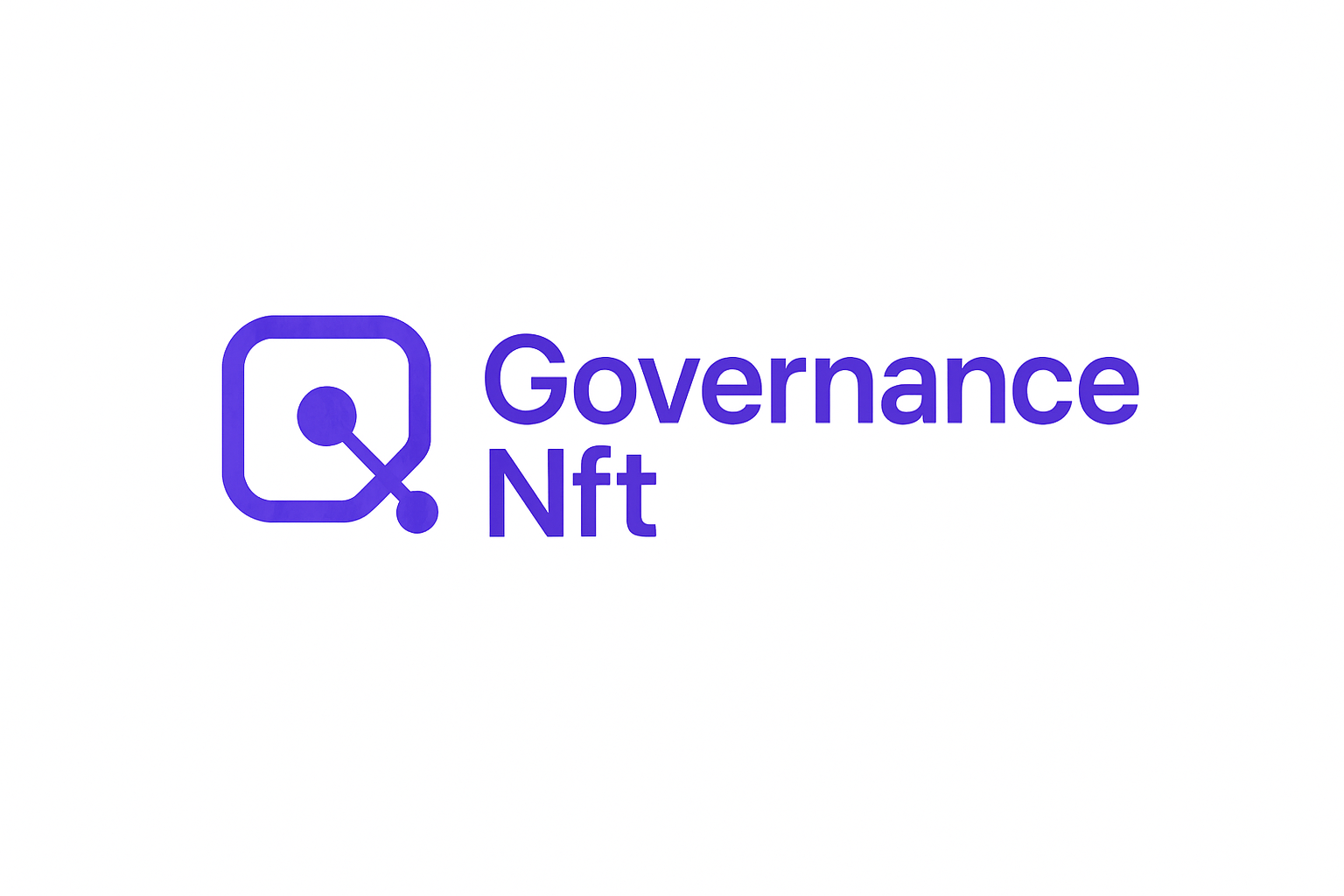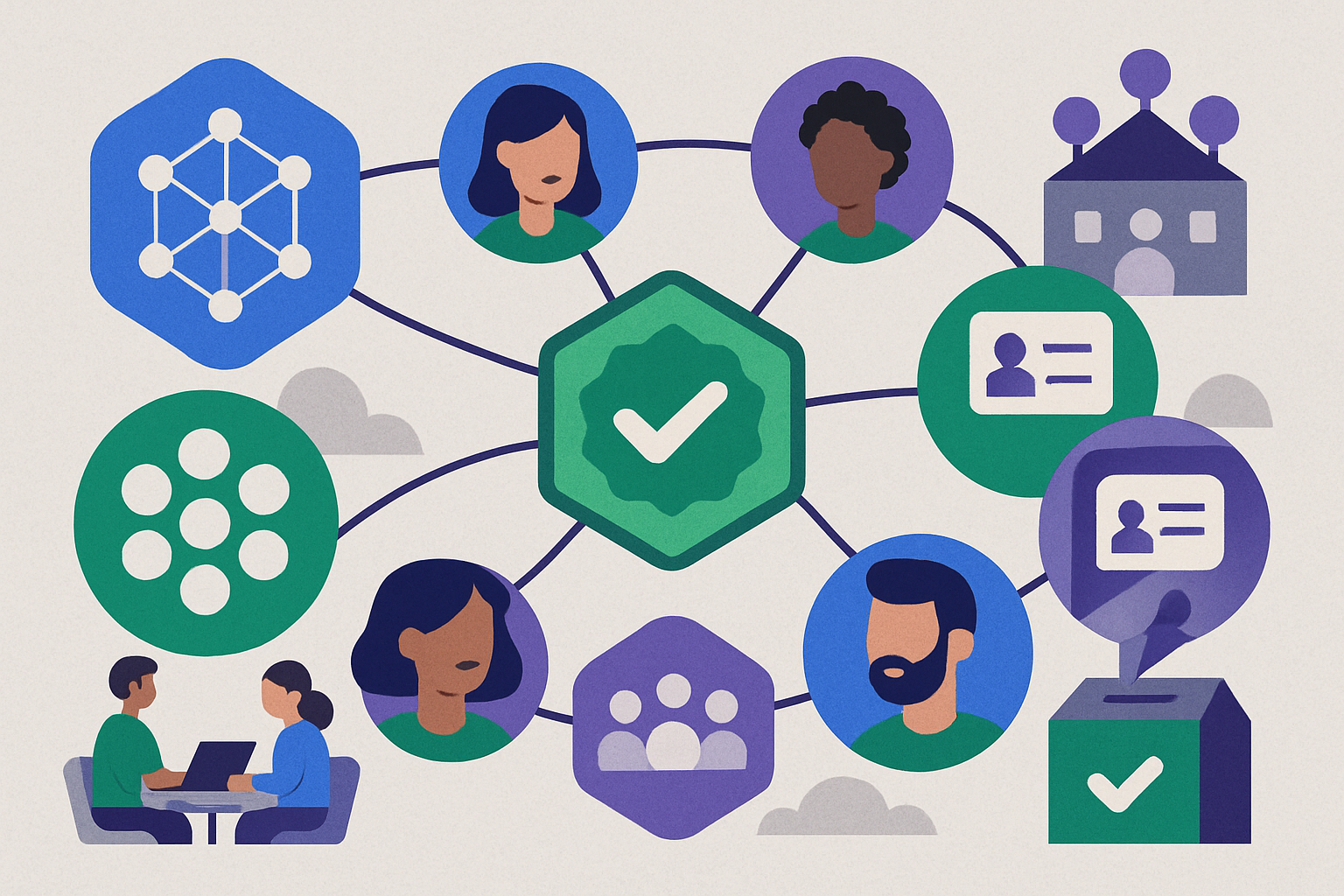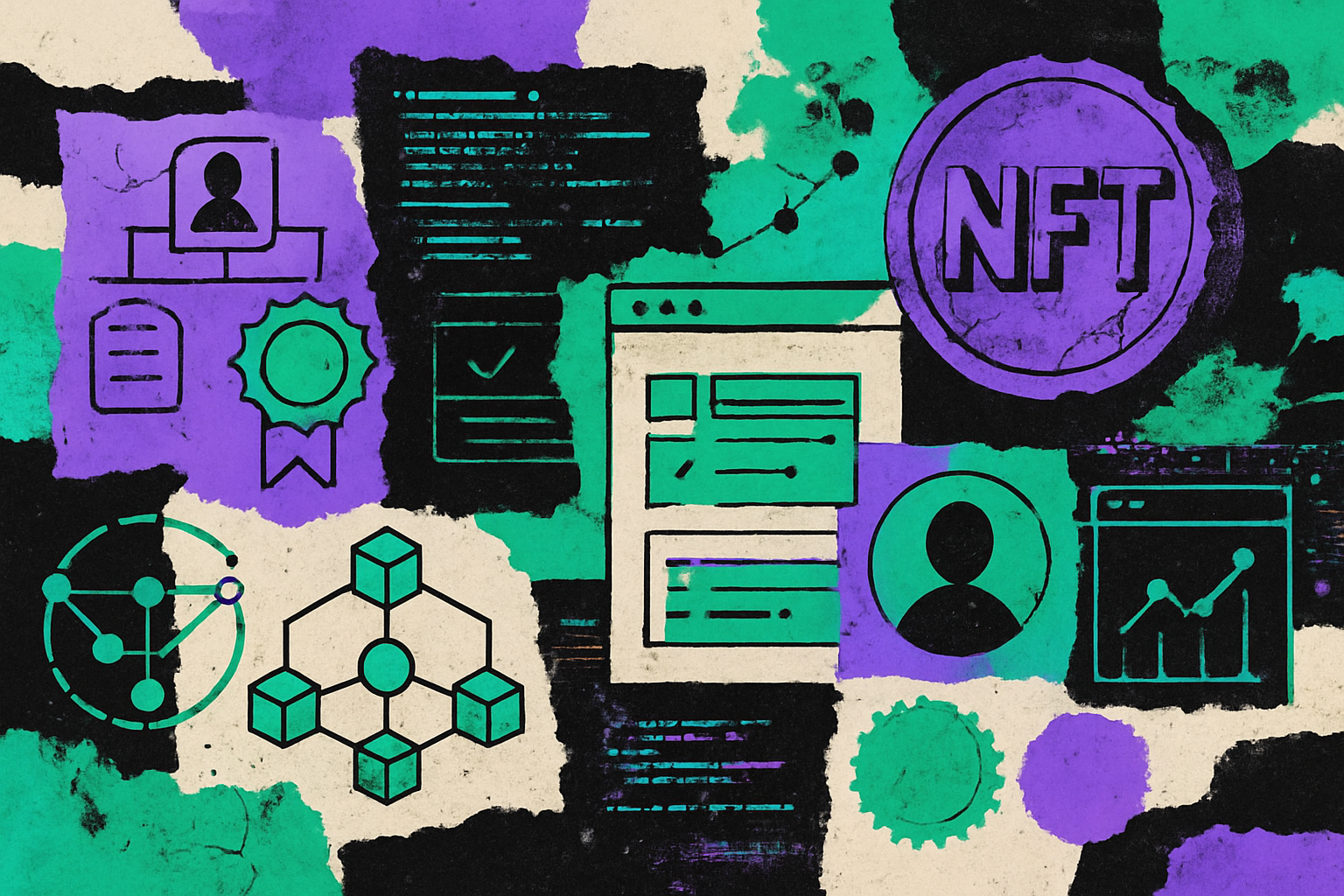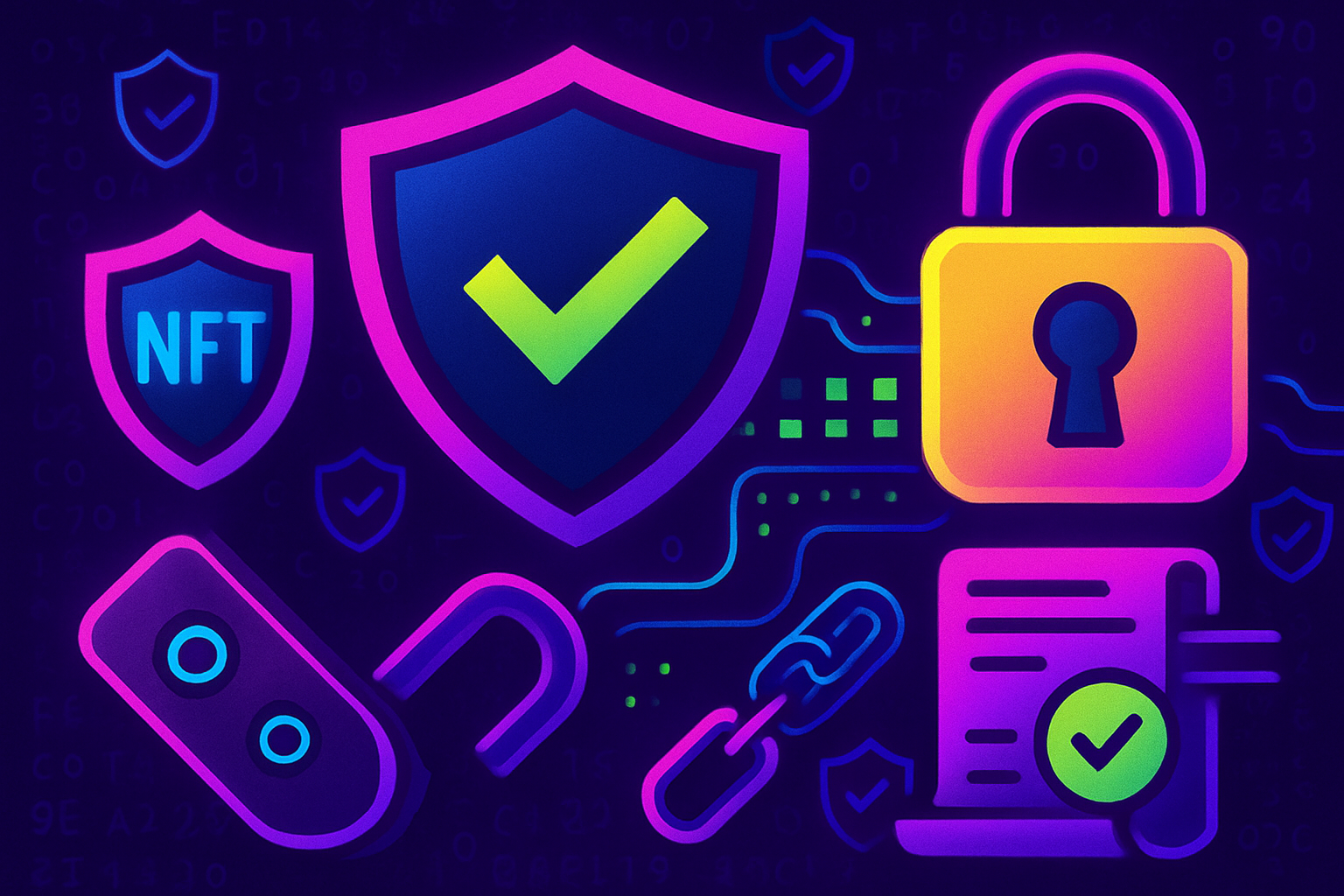
Contributor badges have become a cornerstone of recognition and engagement in web3 communities, especially as DAOs and decentralized projects strive to reward meaningful participation. As governance models evolve and on-chain credentials gain traction, managing these badges effectively is crucial for fairness, transparency, and community growth. Let’s dive into the five most effective best practices for managing contributor badges in web3, strategies that empower members and strengthen decentralized decision-making.

Implement Transparent Criteria for Badge Issuance
The first step to a robust badge system is clarity. Web3 communities thrive when everyone understands how recognition is earned. Transparent criteria mean spelling out exactly what actions or achievements qualify someone for a badge, whether it’s shipping code, moderating discussions, onboarding new members, or leading governance proposals. This not only motivates contributors but also prevents accusations of favoritism or ambiguity.
For example, DAOs like Otterspace have pioneered transparent standards by mapping badge issuance to specific on-chain behaviors using open protocols (see recent analysis). When contributors know the rules of the game upfront, they’re more likely to participate actively and trust the process.
Automate Badge Distribution via Smart Contracts
Manual badge assignment can be time-consuming and prone to human error, not ideal for fast-moving decentralized organizations. That’s why automation through smart contracts has become a game changer. By encoding badge issuance logic directly on-chain, DAOs can ensure that once transparent criteria are met, badges are distributed automatically with no gatekeeping or delays.
This approach not only streamlines operations but also reinforces trust: contributors see that rewards are handled impartially by code rather than centralized admins. Automation is especially important as communities scale and the volume of contributions grows. It also supports composability with other DAO tooling stacks (like multisig wallets or contributor reward systems), making your badge system future-proof.
Integrate On-Chain Verification and Public Display
One of the superpowers of web3 is verifiable reputation, and contributor badges should be no exception. By issuing badges as NFTs (or even non-transferable soulbound tokens), communities can offer members portable proof of their impact that’s visible across platforms and ecosystems.
On-chain verification means anyone can check the legitimacy of a badge without relying on centralized databases or spreadsheets. Public display, through dashboards, member profiles, or even wallet overlays, turns these digital credentials into social signaling tools that enhance both individual status and collective pride in your DAO’s achievements.
This visibility isn’t just about bragging rights; it fosters accountability and helps newcomers identify who’s most active or experienced in governance processes (more insights here). Plus, with composable NFTs, contributors can showcase their involvement across multiple DAOs, building an interoperable web3 resume that travels with them wherever they go.
Regularly Review and Update Badge Requirements
Web3 communities are living, breathing ecosystems. What counts as a high-impact contribution today might look very different in six months. That’s why it’s essential to periodically review and update your badge requirements. Stale criteria can lead to disengagement or even resentment if contributors feel the system no longer reflects the community’s current goals or values.
Establish a cadence for reviewing badge logic, quarterly is common for many DAOs, and invite the community into the process. Use feedback loops, governance proposals, or contributor surveys to ensure your badge system evolves alongside your organization. This not only future-proofs your recognition program but also signals that leadership values adaptability and member input.
As web3 tooling matures, some DAOs are even experimenting with dynamic badges that update automatically as members hit new milestones or as governance frameworks shift. This approach keeps recognition fresh and relevant, no more dusty badges for outdated achievements!
Align Badge Rewards with Community Governance Incentives
The real magic happens when contributor badges are tied directly to governance incentives. Rather than being mere collectibles, badges can unlock voting rights, grant access to exclusive channels, or even serve as prerequisites for proposing protocol changes. This alignment transforms recognition into real power within the DAO.
When contributors see a clear connection between their efforts and their influence over decision-making, engagement skyrockets. For example, some communities weight governance votes by badge tier, rewarding sustained contribution with greater say in key proposals (learn how leading DAOs structure this). Others offer token rewards or special privileges to top badge holders, further cementing the link between participation and meaningful impact.
This best practice doesn’t just boost motivation; it also helps safeguard against sybil attacks and vote manipulation by ensuring that only proven contributors wield significant influence.
Bringing It All Together
Managing contributor badges in web3 isn’t just about shiny NFTs, it’s about building trust, fostering transparency, and aligning incentives to supercharge decentralized engagement. By implementing transparent criteria, automating distribution with smart contracts, integrating on-chain verification, regularly refreshing requirements, and tying rewards directly to governance power, you create a recognition engine that fuels both individual growth and collective success.
The future of DAO recognition is composable, interoperable, and above all, fair. Whether you’re launching your first NFT badge program or refining an existing system for 2025’s ever-evolving landscape, these best practices will help you build a thriving community where every contributor knows their efforts truly matter.




